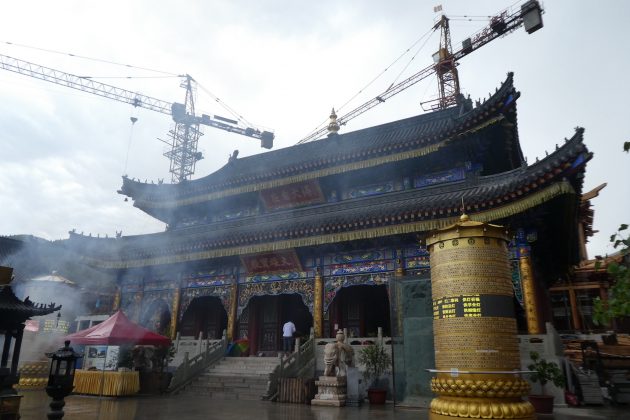
In August 2018, KJ managing editor Ken Rodgers visited Shanxi Province, particularly Datong and Wutai-shan, motivated by having read the 9th century Japanese monk Ennin’s travel journals (Ennin’s Diary: The Record of a Pilgrimage to China in Search of the Law, Edwin O. Reischauer translation) and John Blofeld’s account of his time there in the 1930s (from My Journey in Mystic China, translated by Daniel Reid). These images were selected to complement an online review of Mount Wutai: Visions of a Sacred Buddhist Mountain, by Weng-Shing Chou (Princeton Press, 2018).

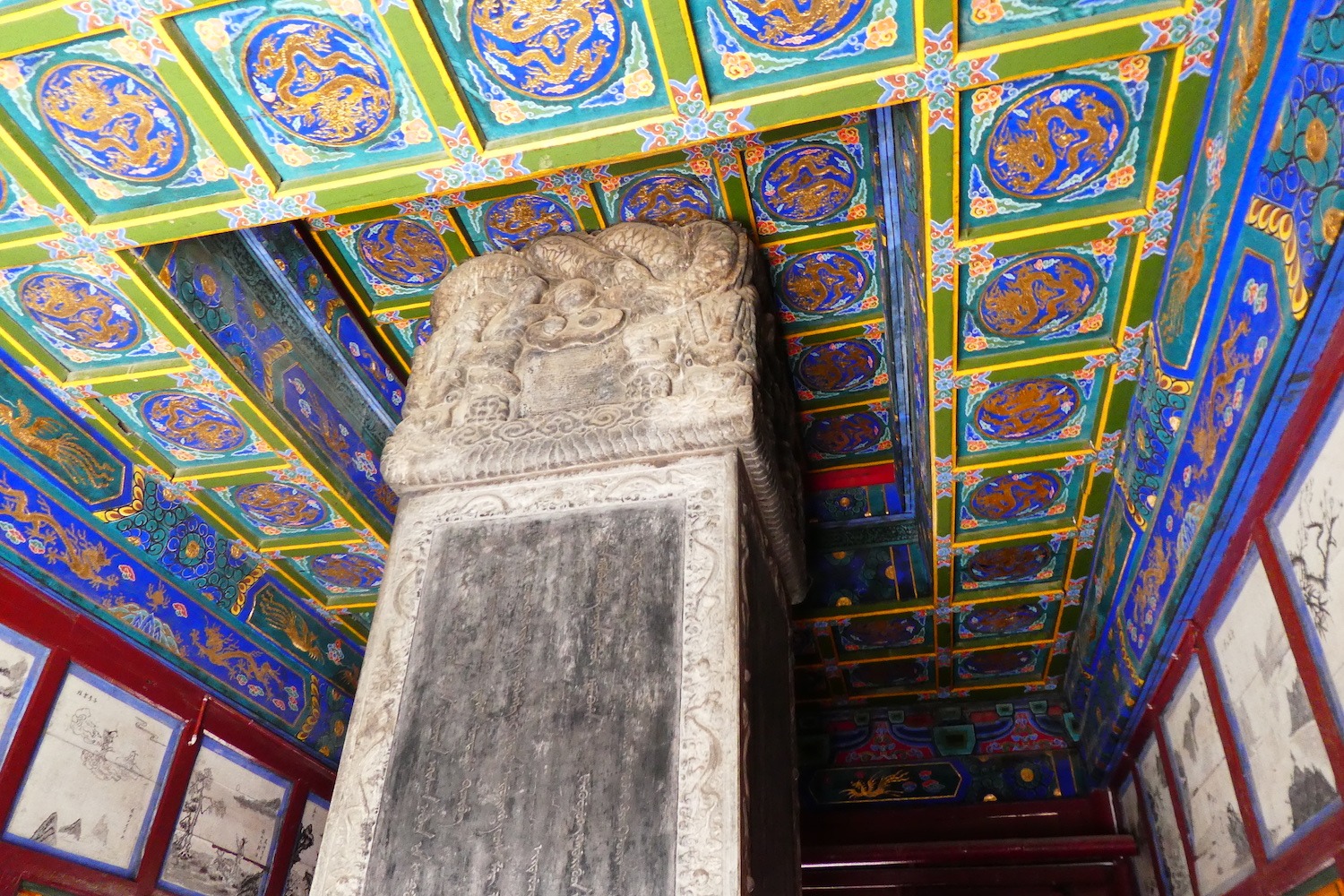
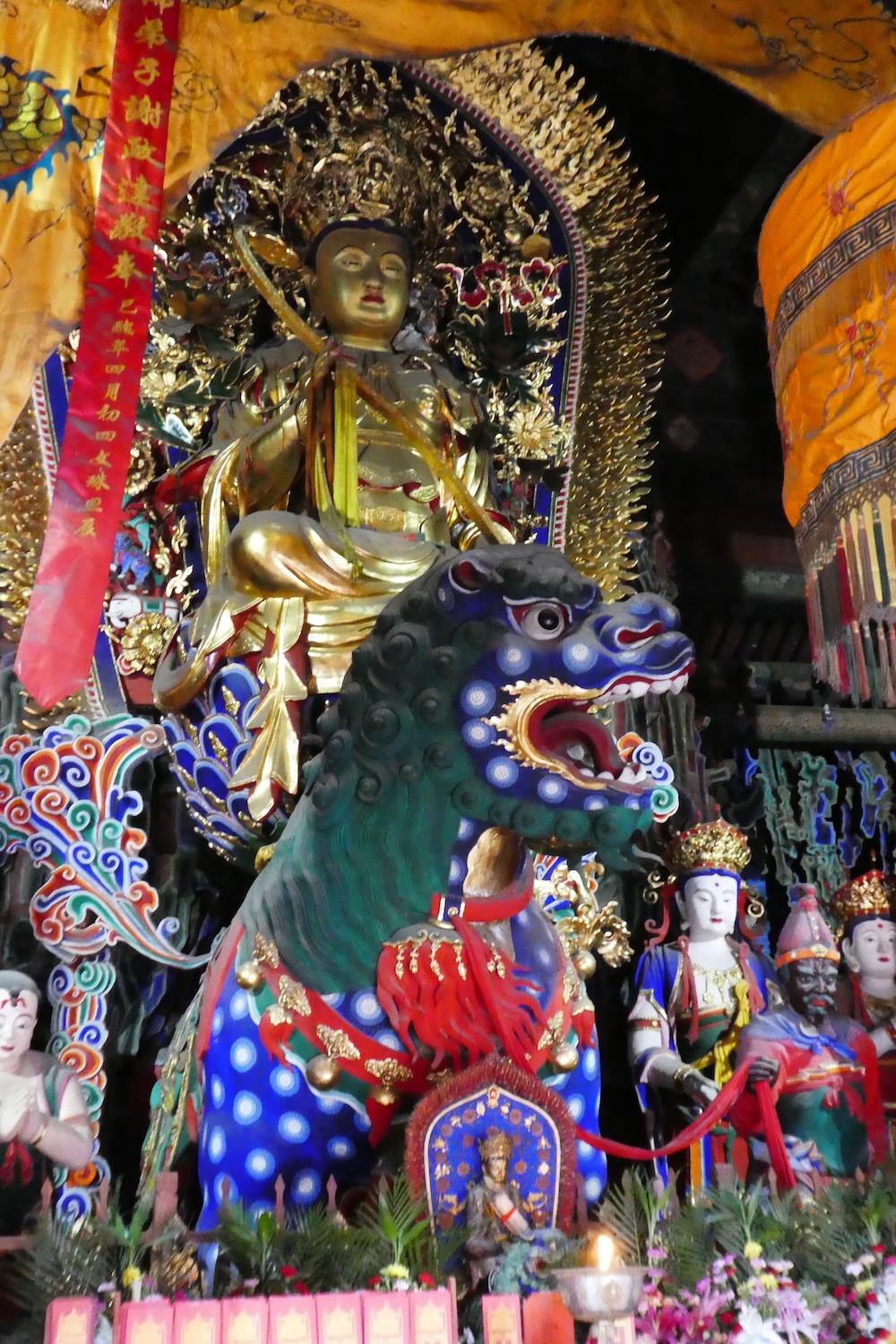

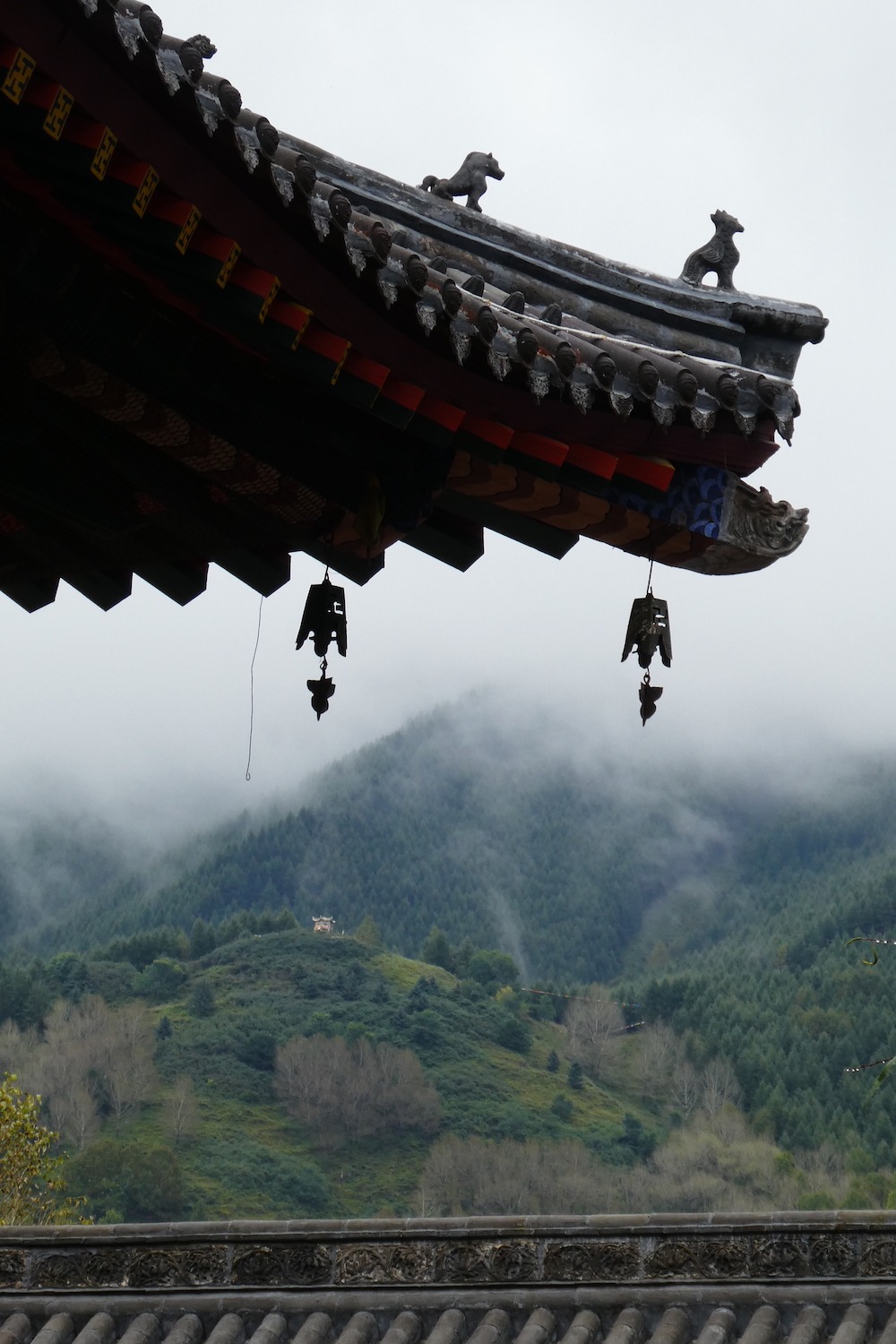
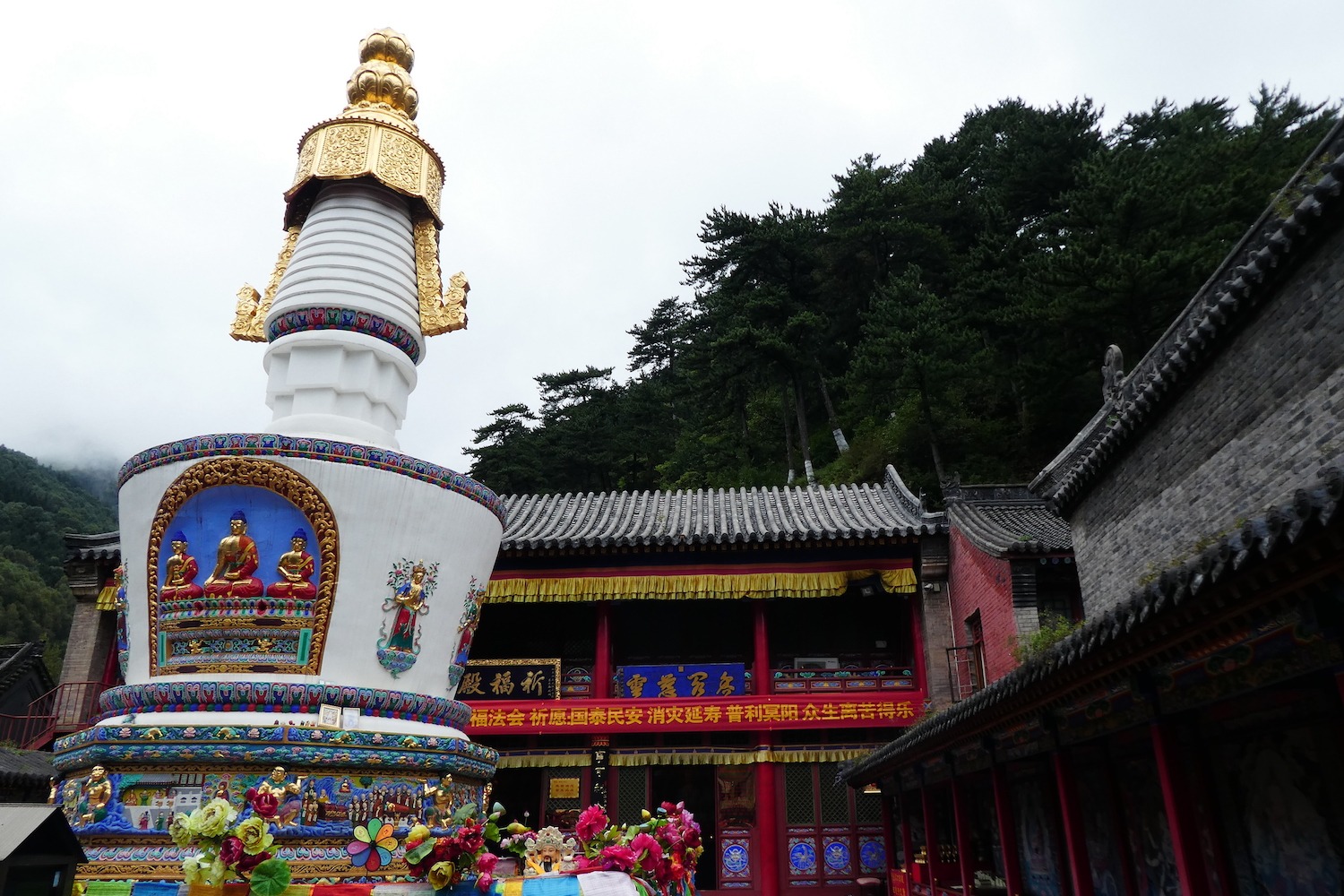
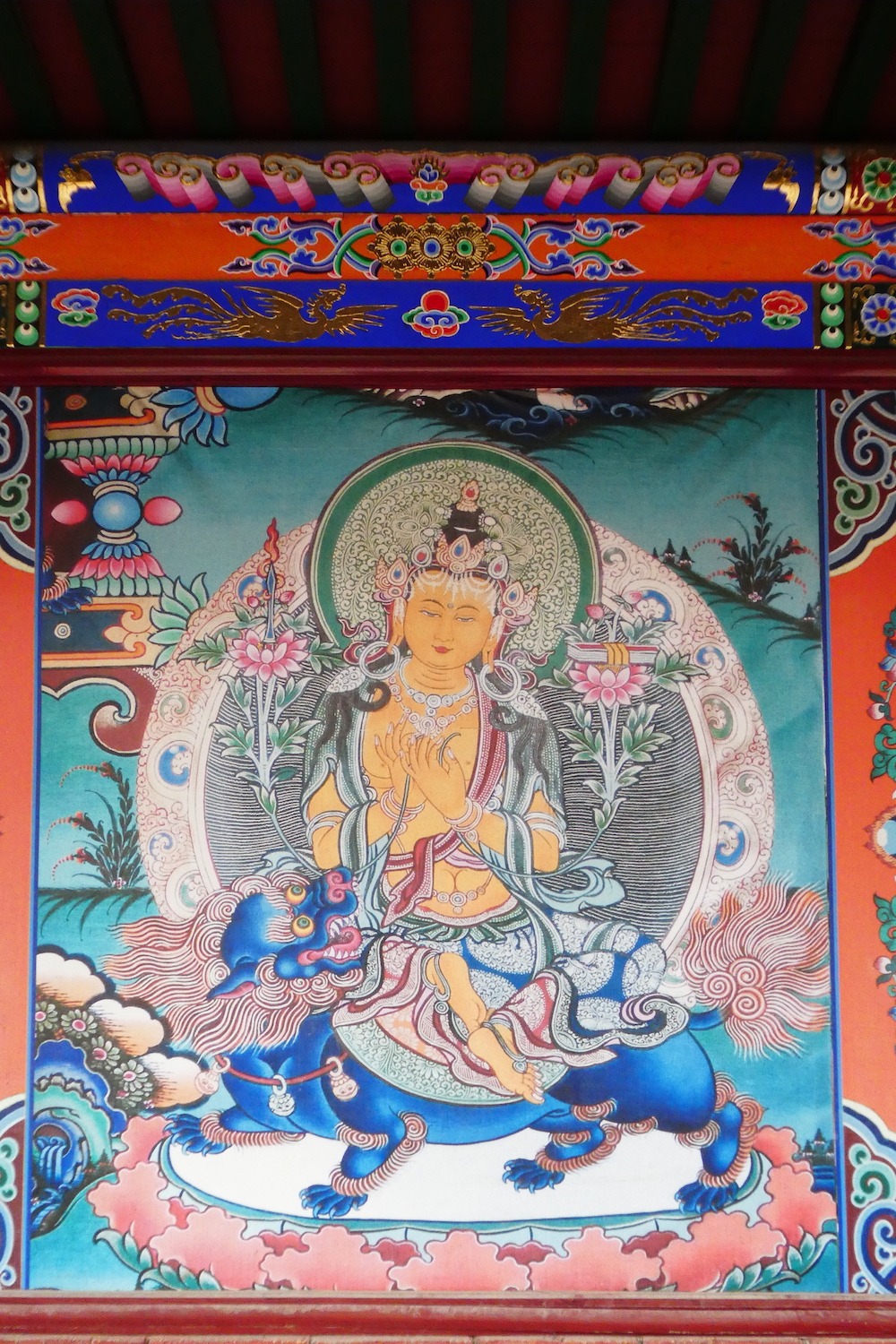
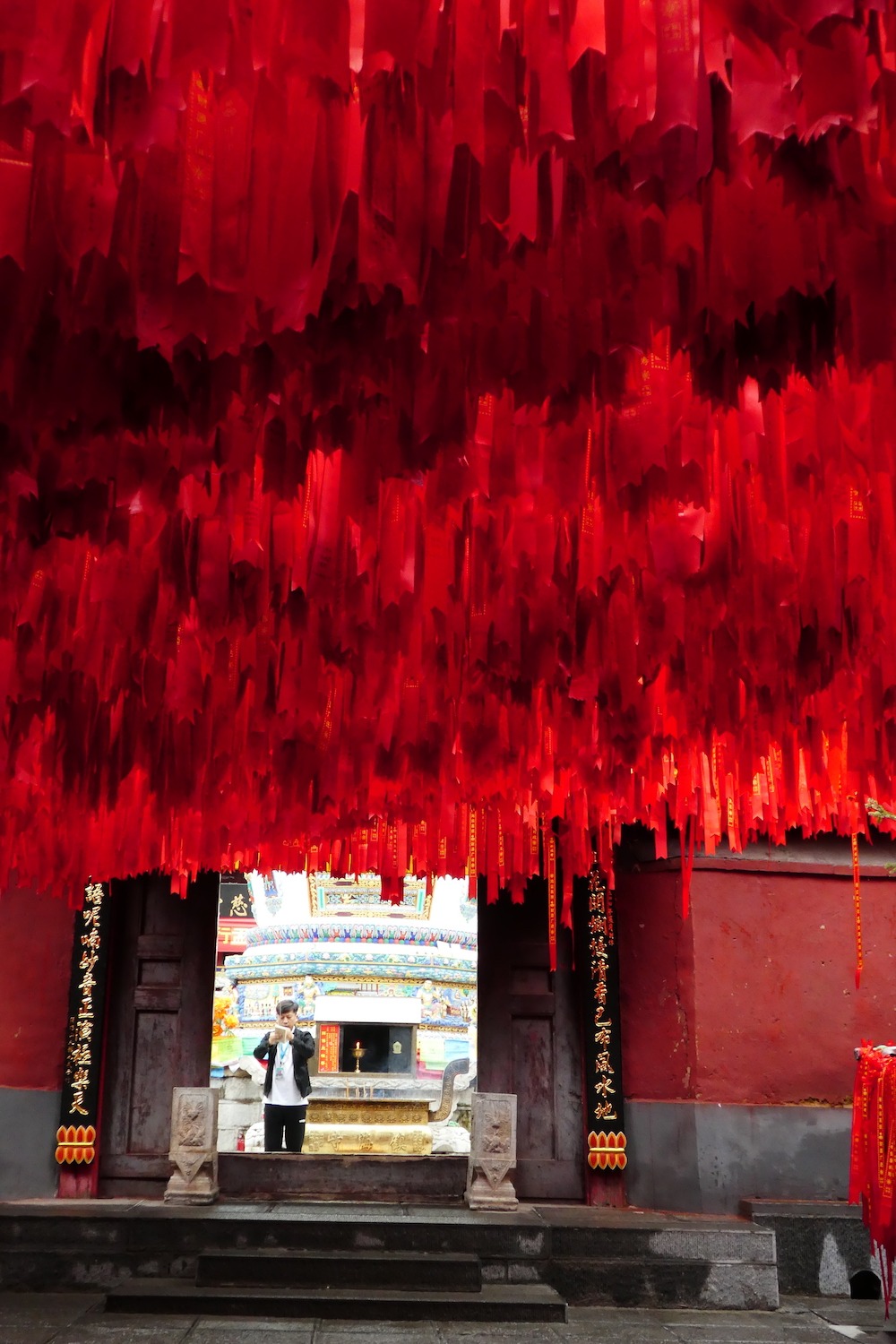
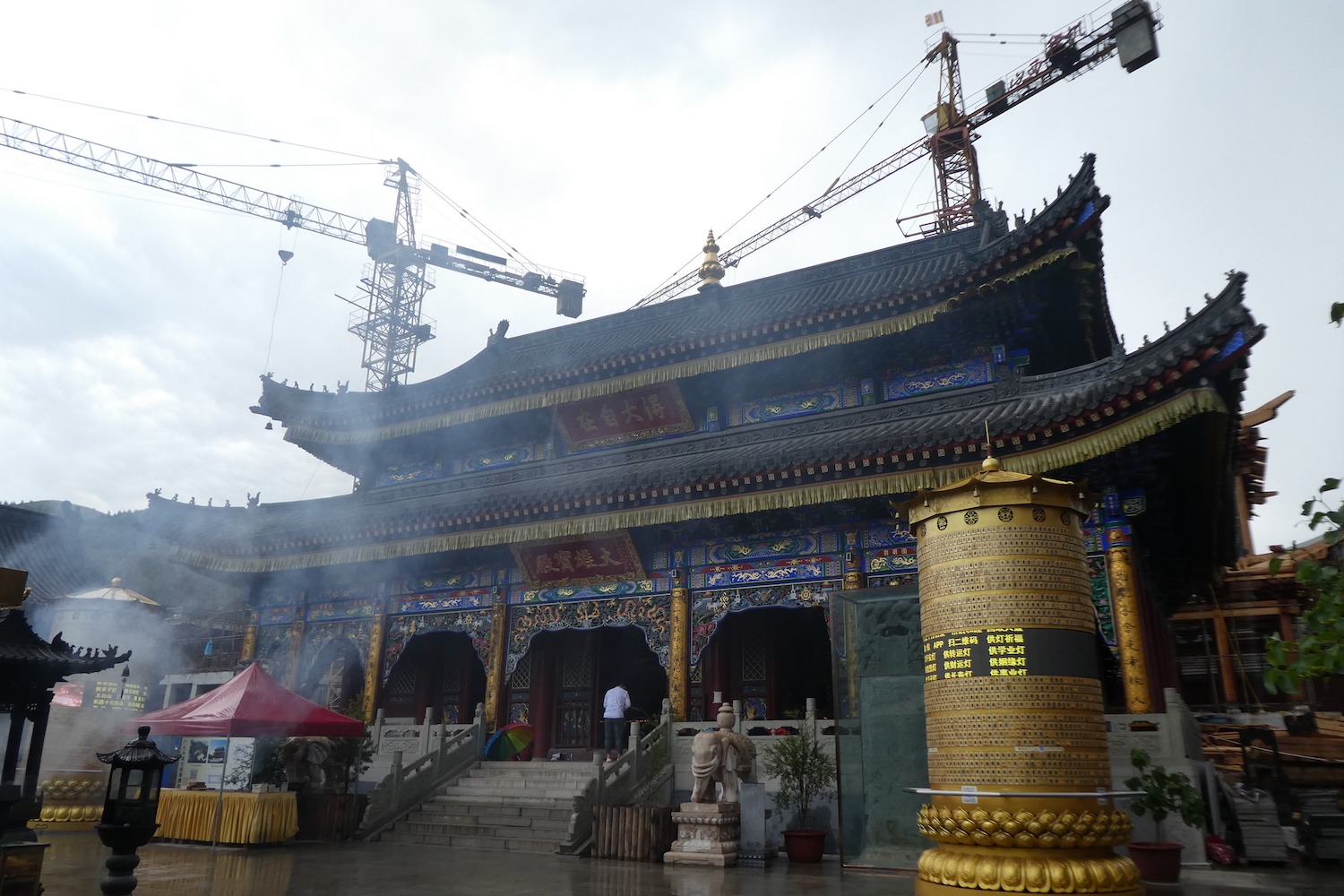
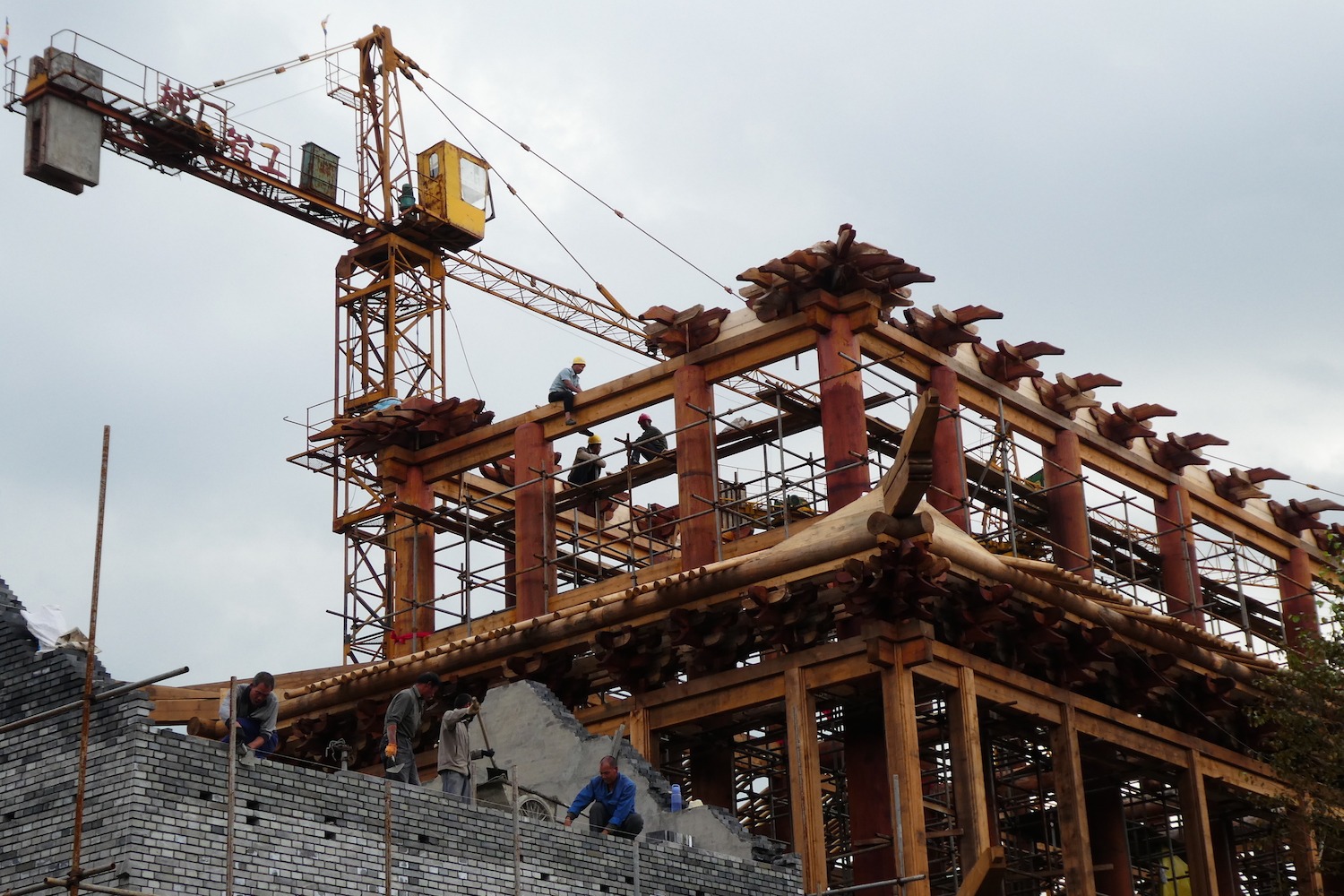
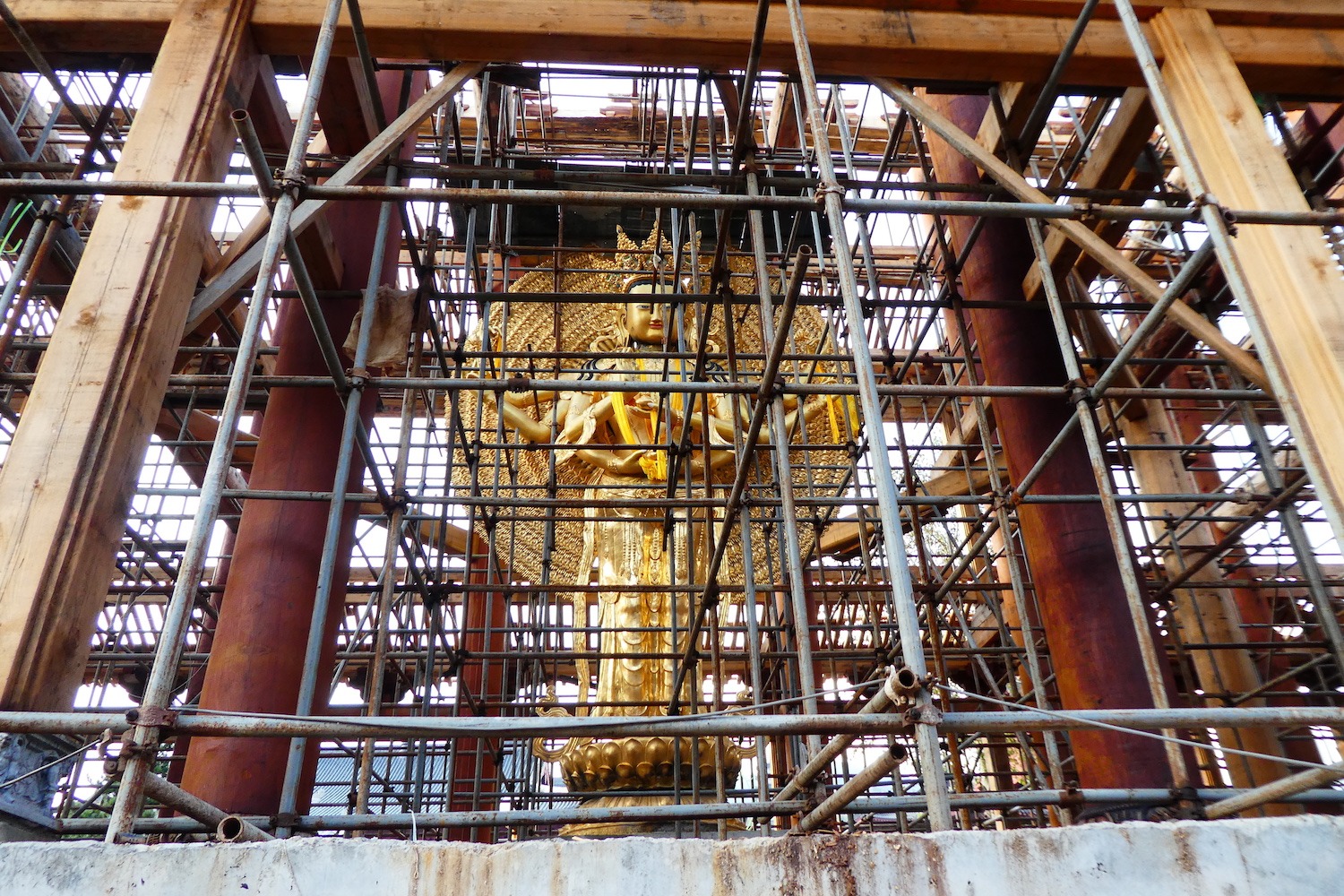
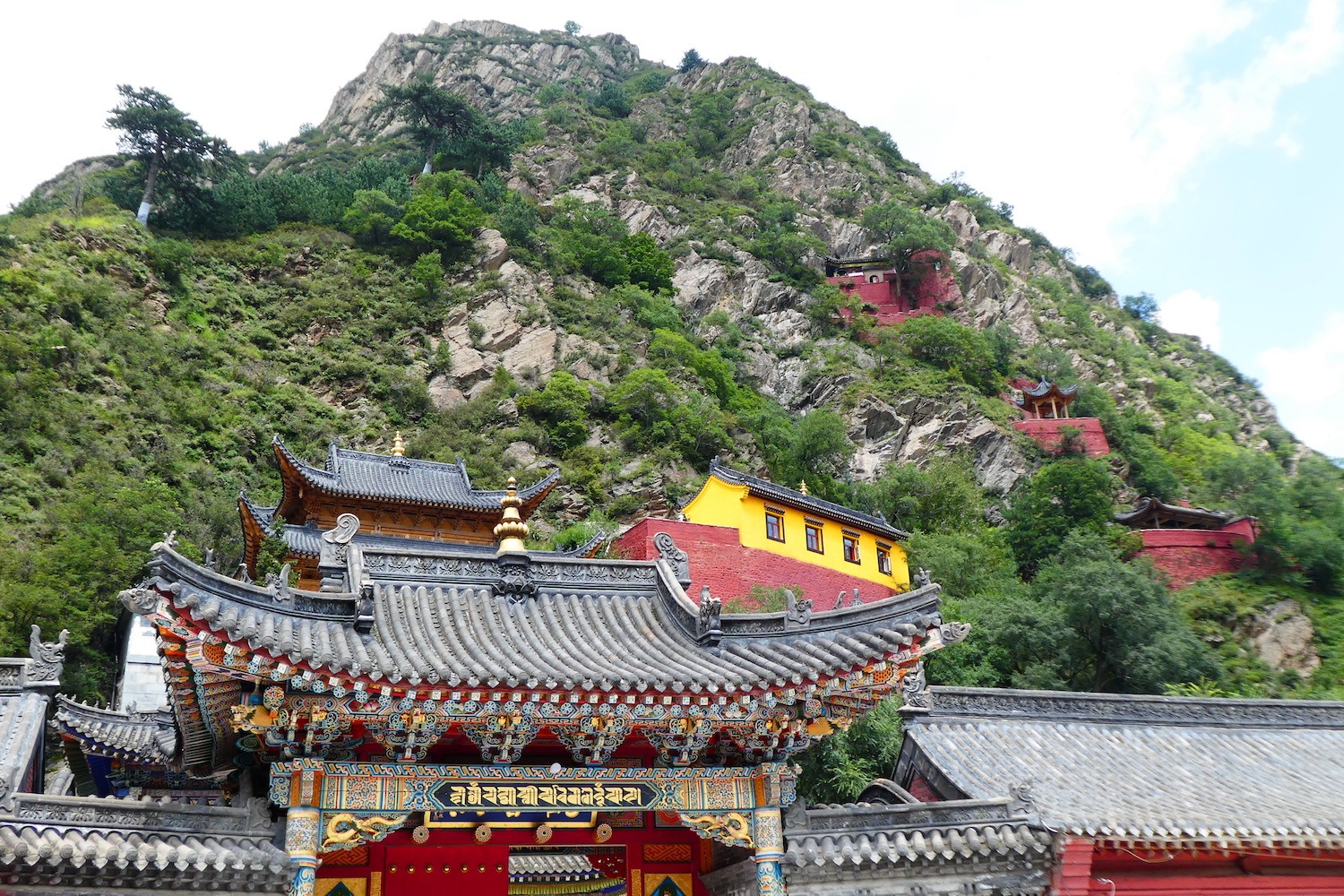
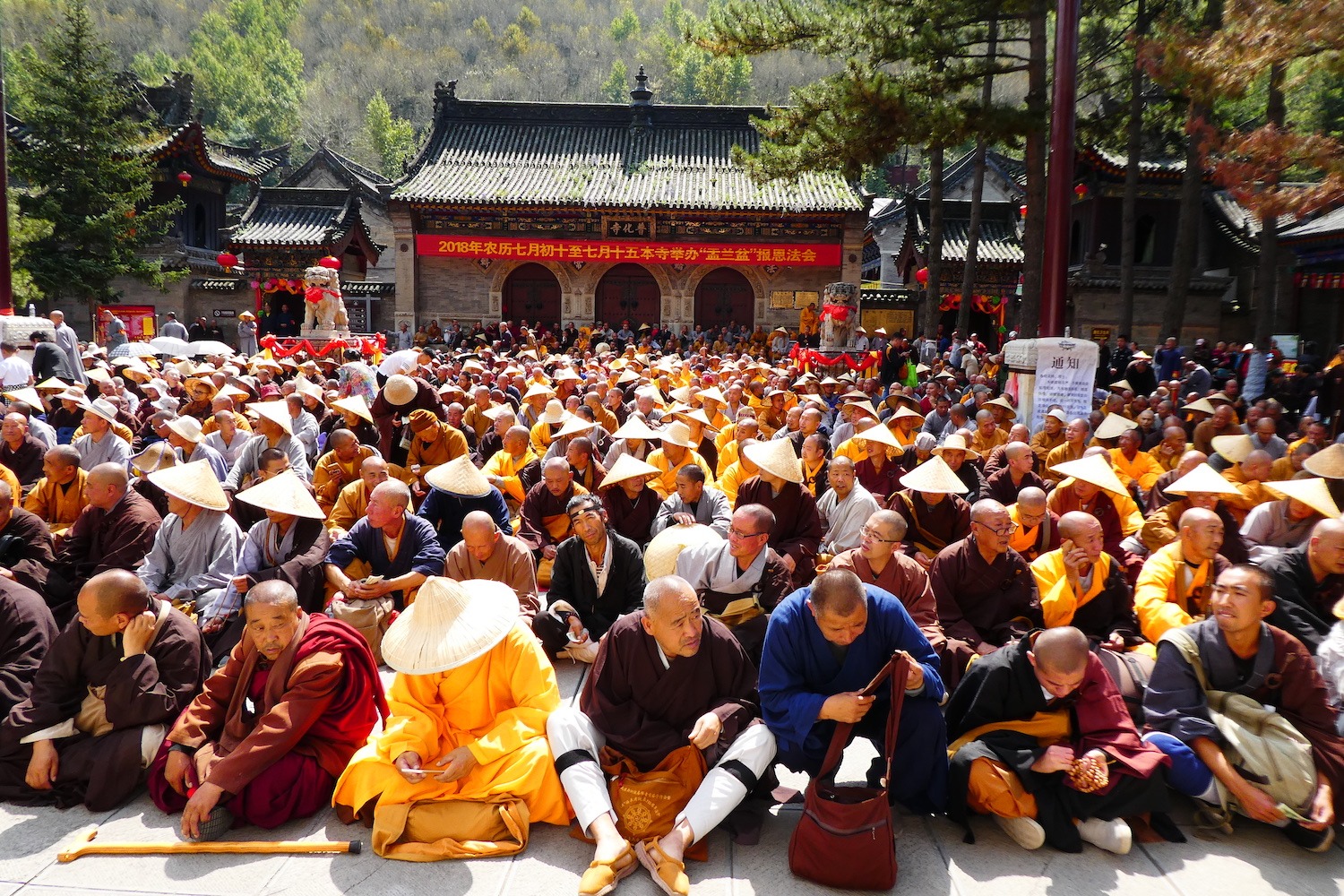
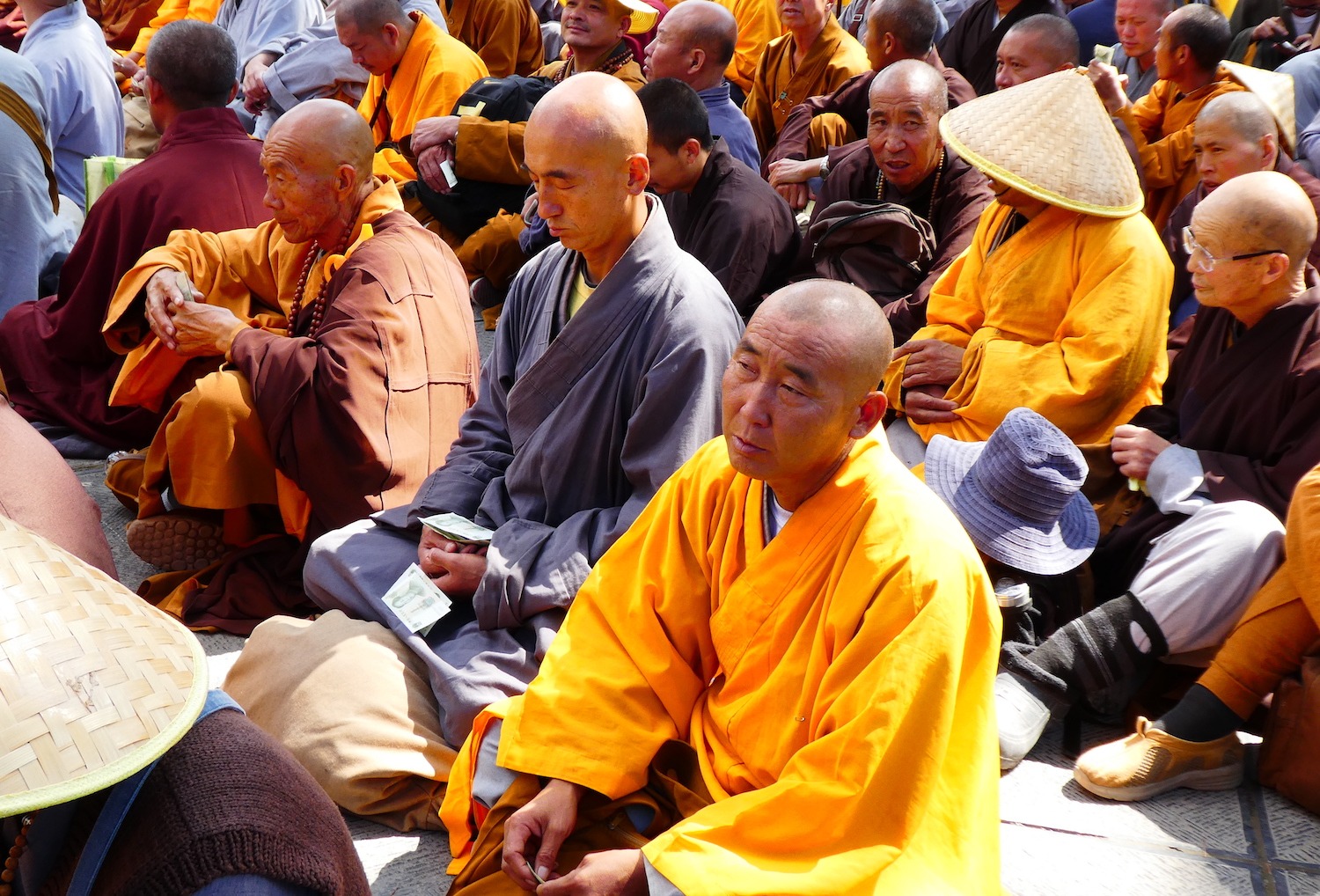
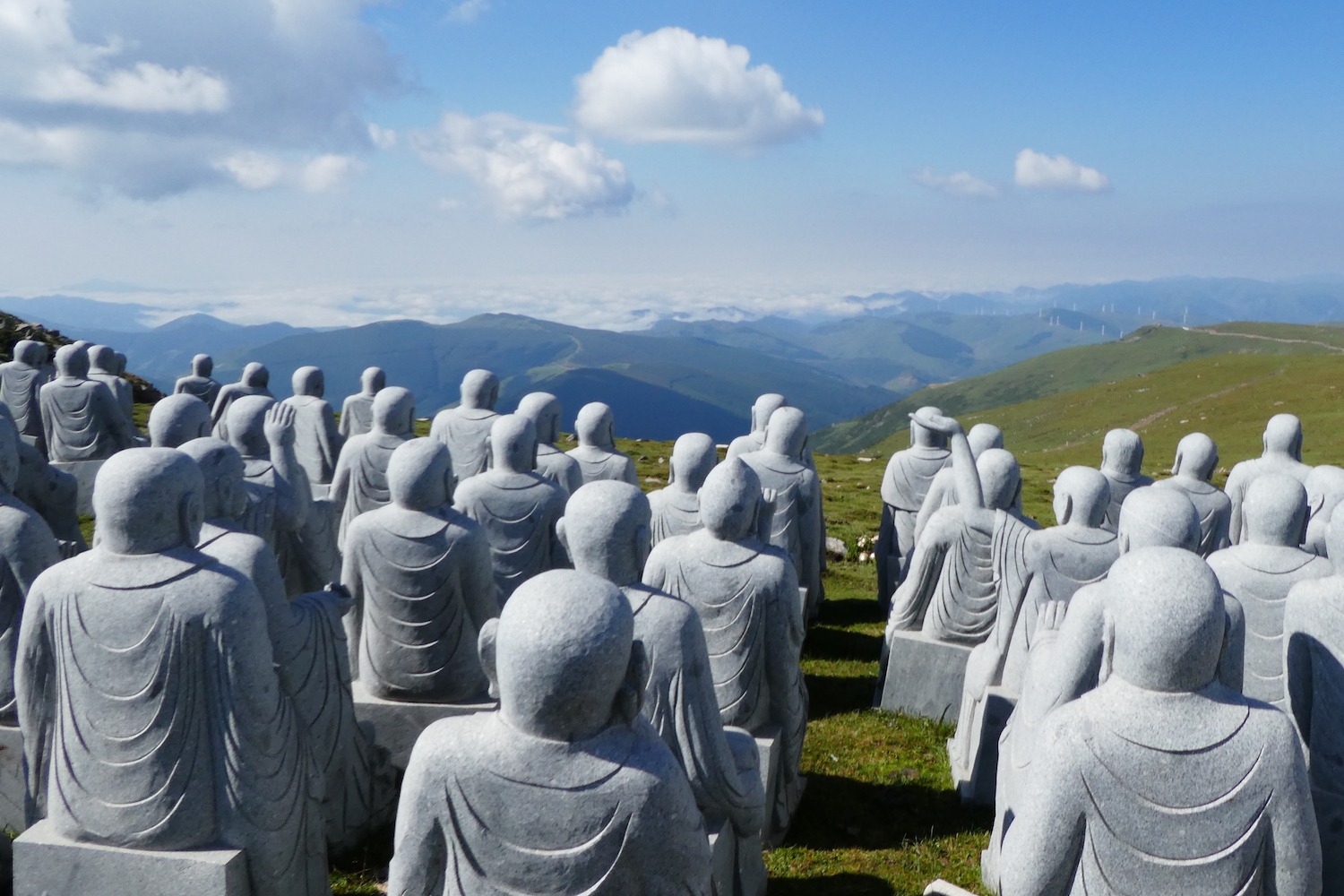
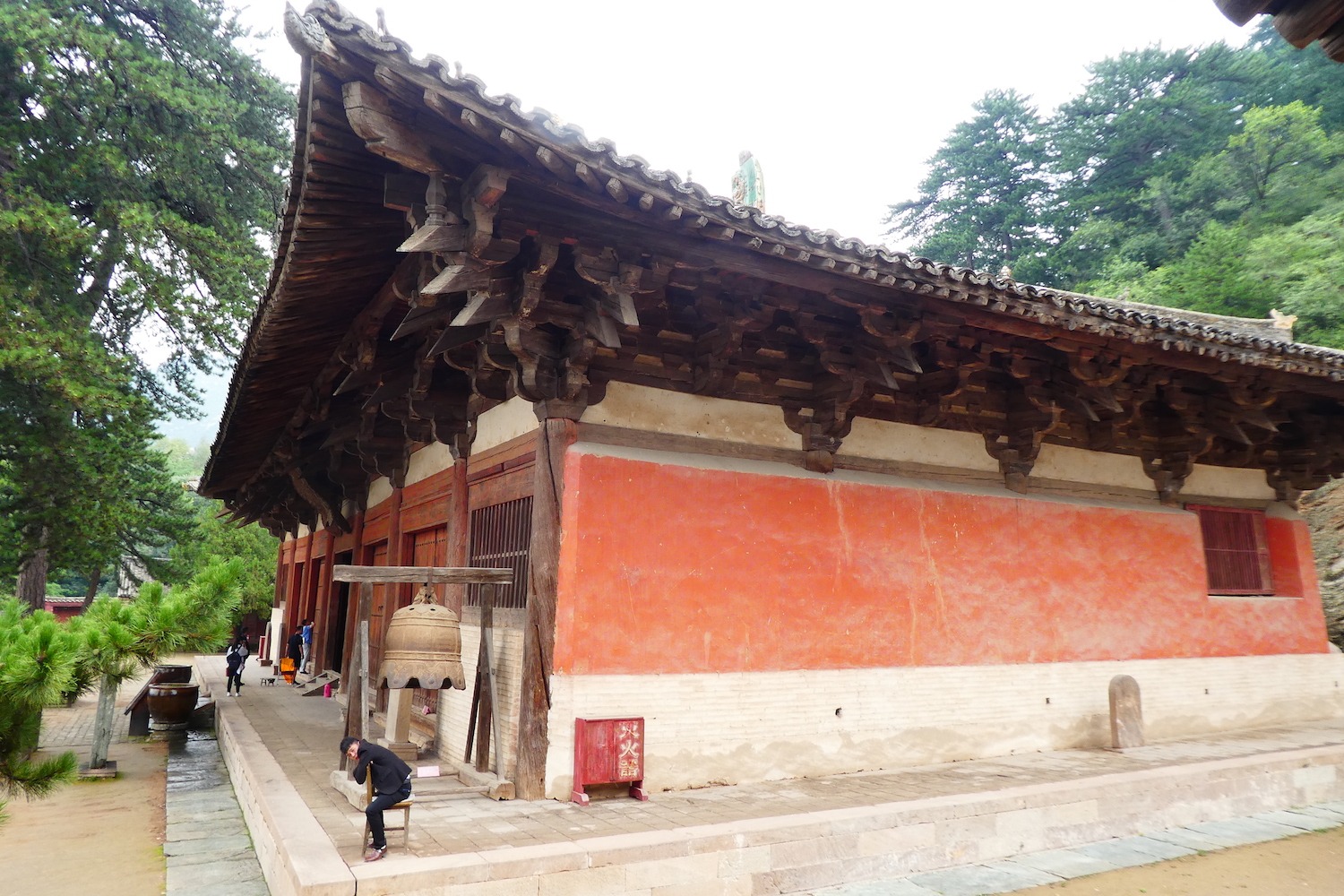
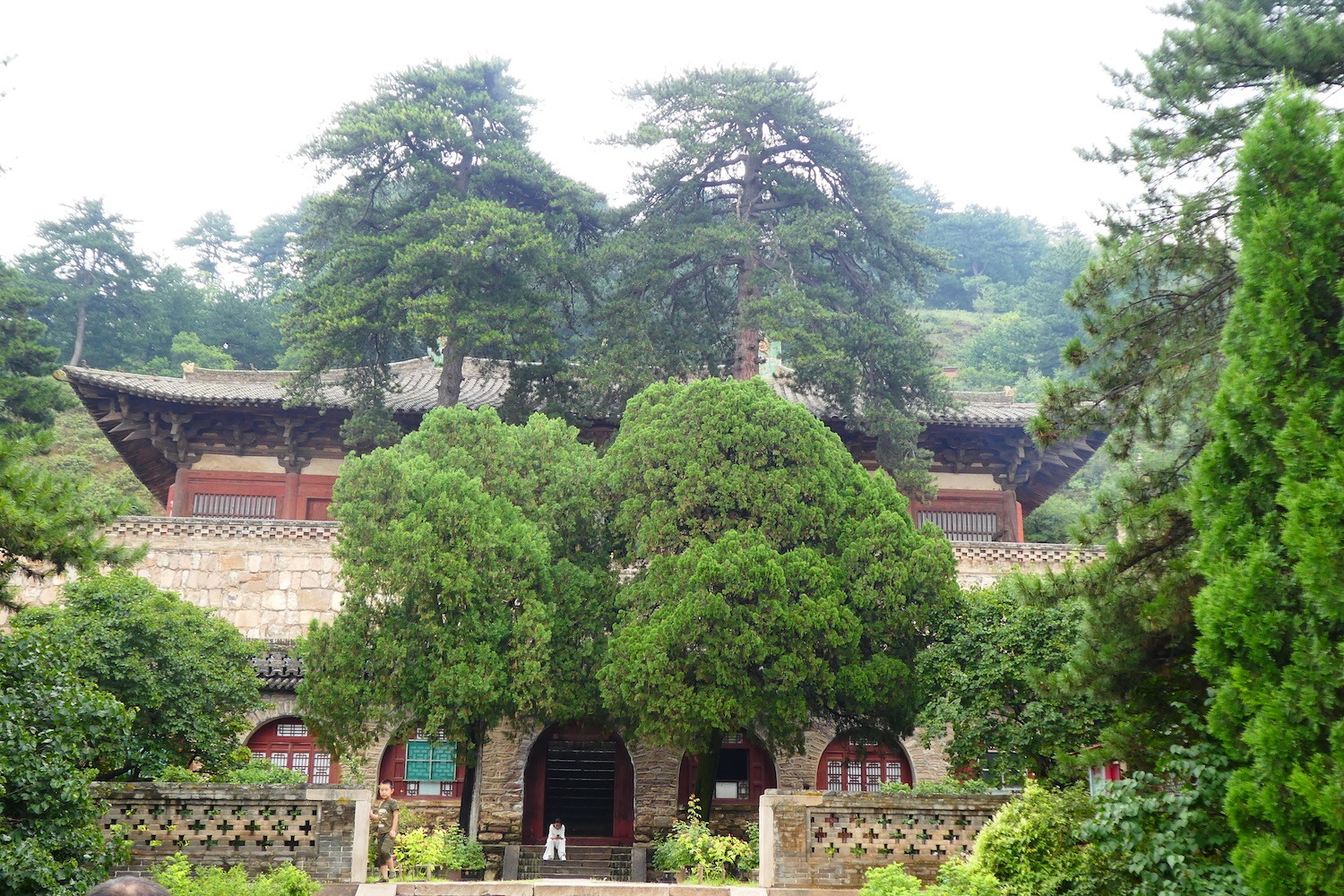

Originally from Tasmania, Ken Rodgers has resided in Kyoto since 1982.
Advertise in Kyoto Journal! See our print, digital and online advertising rates.
Recipient of the Commissioner’s Award of the Japanese Cultural Affairs Agency 2013